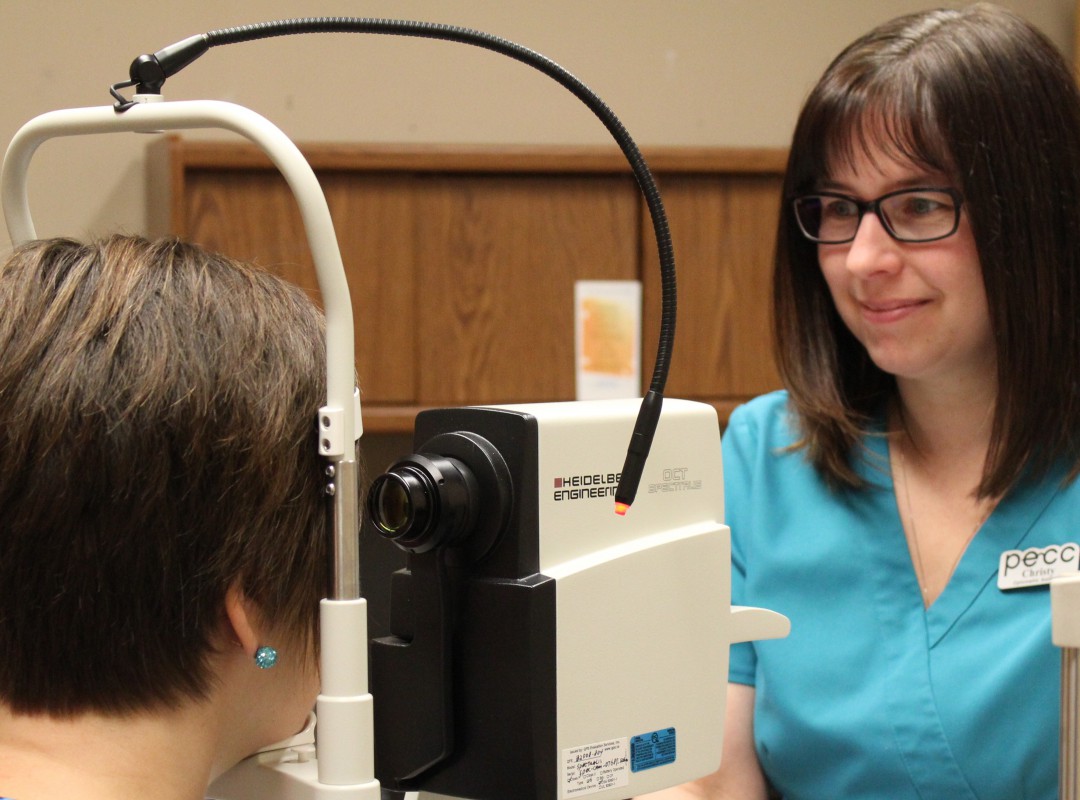A very common vision problem that tends to be misunderstood is colour blindness. As most people know, it is not a form of blindness but a problem with how a person sees colours. In almost all cases, colour blindness is a misnomer as the individual still sees colours, but they are limited and inaccurate compared to “normal” colour vision.
A relatively large percentage of people have at least some degree of colour vision deficiency – approximately 8-9% of males and less than 1% percent of females. It is an inherited genetic condition that is usually passed on the X chromosome – therefore it is known as a “sex-linked” gene. It is also a recessive trait – if one of the X chromosomes carries the gene for normal colour vision and one is for colour deficiency, the individual will still have normal colour vision. Females have two X chromosomes, whereas males have an X and a Y chromosome, therefore a female has to receive the deficient gene from both her mother and father. A colour-deficient male receives the deficient gene from just his mother since he gets the Y chromosome from his father. His mother may have had colour deficiency (both X chromosomes coded for it, so he had 100% chance of being colour deficient) or she may have been a “carrier” (one normal and one deficient X chromosome, so the son had a 50% chance of being colour deficient).
The vast majority of colour vision deficiencies are red-green, though blue-yellow deficiencies exist as well. A person rarely would see in just shades of grey, and they would likely have very poor vision. The light-sensitive cells in the retina that detect colour are called “cones”, and there are 3 varieties that specialize in detecting different colours – red, green, and blue. As mentioned above, most colour vision deficiencies involve a defective red or green cone or a missing red or green cone. As one would expect, the colour vision deficiency is much worse with a missing cone. There are many different simulations on the internet to give you a sense of what a person with colour vision deficiencies perceive – click here to see a simulation for deuteranopia (missing green cone)
The only current option to improve deficiency are with special lenses, such as EnChroma sunglasses. Many eye care practitioners retail these special lenses and our office is no exception. If you have a colour vision deficiency and are interested, come and check them out. Of course, this doesn’t “fix” the problem but colours are perceived closer to normal than without the lenses. Gene therapy has been shown to cure colour vision deficiency in monkeys, but will not be considered in humans until its safety can be proven.

Even with the lack of current treatment options, it is important to diagnose any colour vision deficiencies at a young age for a variety of reasons. Many occupations require normal colour vision, including but not limited to police officers, electricians, pilot, railway workers, etc. There is often heavy emphasis on colour vision and perception in school, and a child’s teacher should be made aware if a colour vision deficiency exists in order to accommodate the child.

